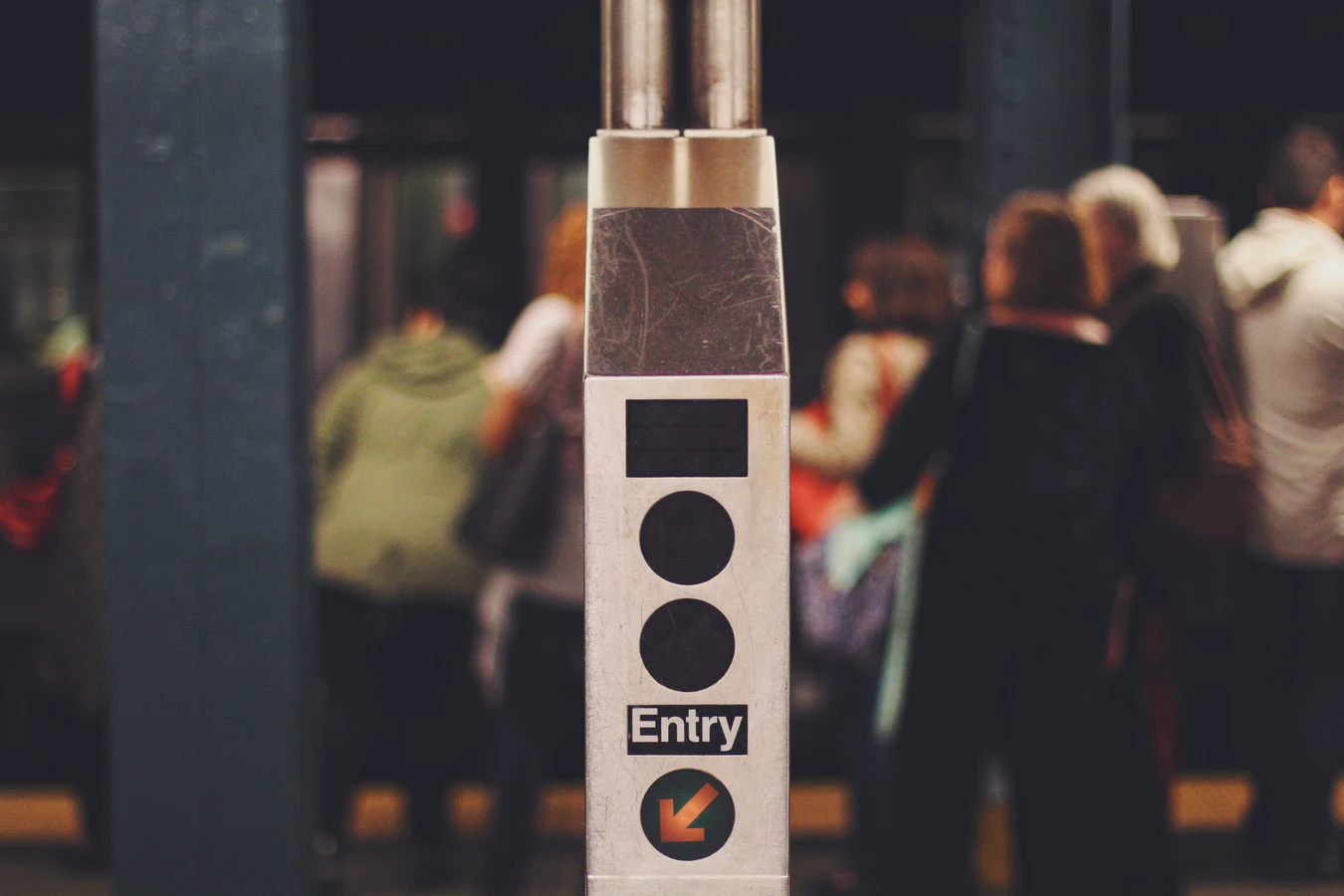
HID Proximity cards are a fantastic way to enhance the safety system of any building or workplace. They minimise time spent passing through a security system, and therefore encourage a smoother running and more efficient operation. As a contactless card, it simply has to be presented in front of a proximity card reader to allow the holder to pass through. This is going to enhance the building’s safety system, your staff or personnel, and your overall security standards. Proximity cards are very widely used, tried and tested, so you can feel confident that your investment will be the right one.
What are HID Proximity Cards?
HID Proximity cards are a type of plastic smart card. These evolved from the traditional smart card that used a simple magnetic strip. They came into widespread use due to their simple and convenient nature. An HID Proximity card is contactless, meaning that a reader can digest the information sent by radio frequencies, RFID, on the card. Although these are proximity cards, any card that’s made by the international corporation HID, is an HID Proximity card!
The main difference between smart cards and proximity cards is how they’re read; a smart card has to be inserted whereas a prox card uses frequency to send a unique code to a reader.
An HID Proximity card withholds this individual code along with a printed-circuit antenna which is charged and “brought to life” when it enters the electromagnetic field that the reader creates. Because the card is only active when it comes into contact with the reader’s field, it can’t be read or used in any other circumstance. HID Proximity cards require a reader that operates at a 125kHz frequency, anything less will not be able to communicate with the card. RFID has been so well developed that it can fit into basically anything, no matter how small it may be.
How are they used?
HID Proximity cards are used in a vast variety of different environments, for a lot of different functions. A few examples include office buildings, hotel room keys, public transport, car park access and some financial transactions. Due to their simplistic nature, they’re becoming more and more popular. Only environments with very high levels of security will require a reader that needs a card to be inserted in order to grant access, so don’t expect to see one at a government building.
How to protect an HID Proximity Card
A proximity card does not actually touch its reader, which means that it should stay intact and fully functional for longer than a traditional smart card or contact card. However, a few everyday accidents or some wear-and-tear can put an HID Proximity card at risk. This includes the card going in the washer or dryer, being sat on, or exposed to any harsh chemicals.
Occasionally, an HID Proximity card can suffer damage from a more complicated situation, such as a strong magnetic field wiping all the coded information carried on the card.
The best way to avoid a card getting damaged is to ensure that it is always kept in a protective cardholder. This can be a clear, flexible one that stills displays all information on the card, or a rigid holder which keeps the structure firmly intact. A case will minimise any everyday accidents and will provide some protection in the case of a violent magnetic field.
HID Proximity cards are a great way to up the safety and function of your business!






